Tagged With Reptiles
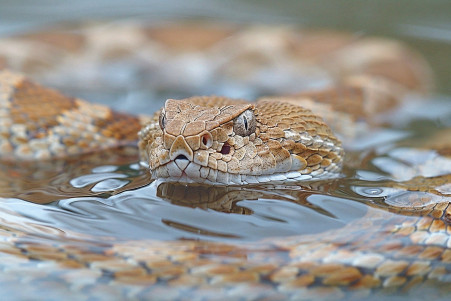
Do Snakes Swim? The Science of Their Aquatic Skills
10 April 2024
Snakes have a number of amazing adaptations that help them live and hunt in the water, including paddle-shaped tails and special ways of sensing their surroundings.
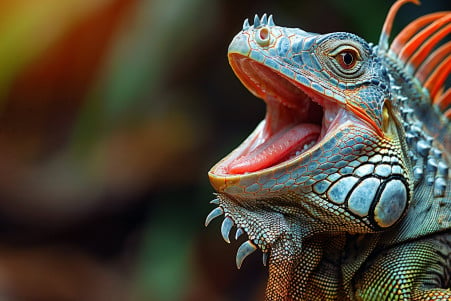
Lizard Teeth: A Look at Their Dental Anatomy and Functions
10 April 2024
The variation in lizard dentition, which includes the number, type, and arrangement of teeth, as well as how they are specialized for hunting and protection.
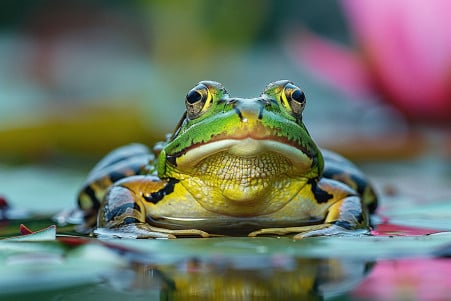
Why Do Frogs Croak? The Science Behind Their Distinctive Calls
10 April 2024
Male frogs croak for a variety of reasons, such as to find a mate, protect their territory, and communicate using species-specific calls.

How Do Turtles Breathe Underwater? Evolutionary Adaptations
9 April 2024
How turtles have evolved some pretty amazing ways to breathe while they're underwater and stay submerged for long periods of time.
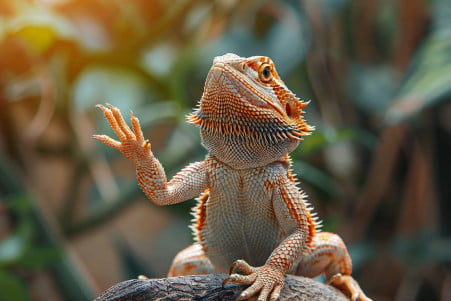
Why Do Bearded Dragons Wave? The Science of Arm Waving
6 April 2024
The science of bearded dragon waving, including signs of submission, signs of dominance, friendly behavior, and what else to look for.
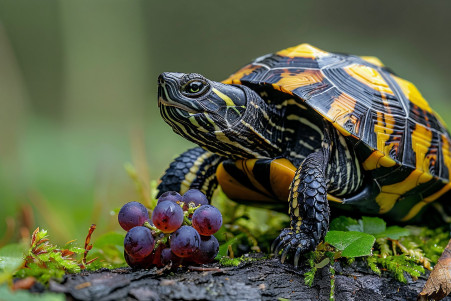
Can Turtles Have Grapes? A Nutritionist Weighs in on the Facts and Safety
6 April 2024
Turtles can have grapes, but it's important to make sure that you're not feeding them too many - different types of turtles have different grape needs.
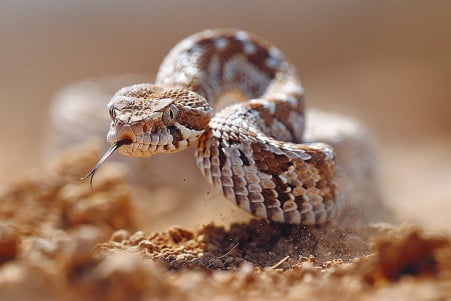
Do Snakes Jump? The Fascinating World of Snake Locomotion
5 April 2024
How some snakes are able to jump and even fly by using special biomechanical modifications.
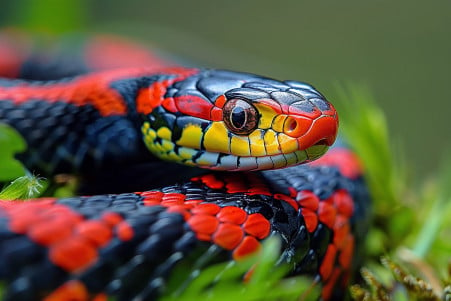
Can Snakes Blink? A Look at Snake Vision and Evolution
5 April 2024
Snakes don't have eyelids because of their specialized eye features, like a transparent spectacle scale instead of a traditional eyelid.
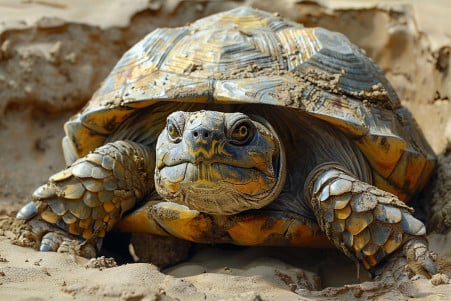
Did Turtles Evolve From Dinosaurs? A Look at the Evolutionary Clues
4 April 2024
Turtles are reptiles that are more closely related to crocodiles and birds than they are to dinosaurs, even though they all evolved from a common archosaur ancestor.

Why Do Snakes Climb Walls? The Science of a Reptilian Superpower
3 April 2024
How snakes' bodies and behavior help them move up walls and other steep inclines, and the obstacles they encounter.
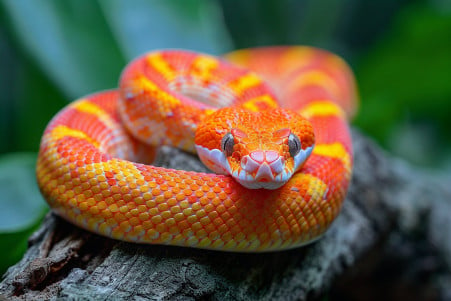
How Long Do Corn Snakes Live? Exploring Their Longevity
2 April 2024
Corn snakes typically live between 6 and 23 years in captivity, depending on genetics, living conditions, diet, and care.
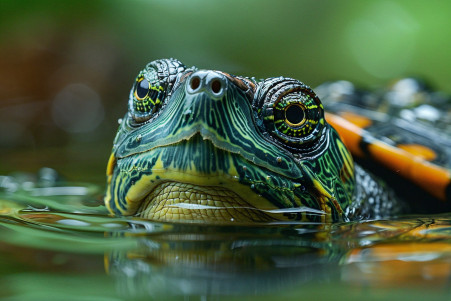
Turtle Respiration: How Long Can Turtles Hold Their Breath?
1 April 2024
Turtles' incredible capacity to stay underwater for as long as 7 hours at a time is the result of special respiratory structures and metabolic changes.